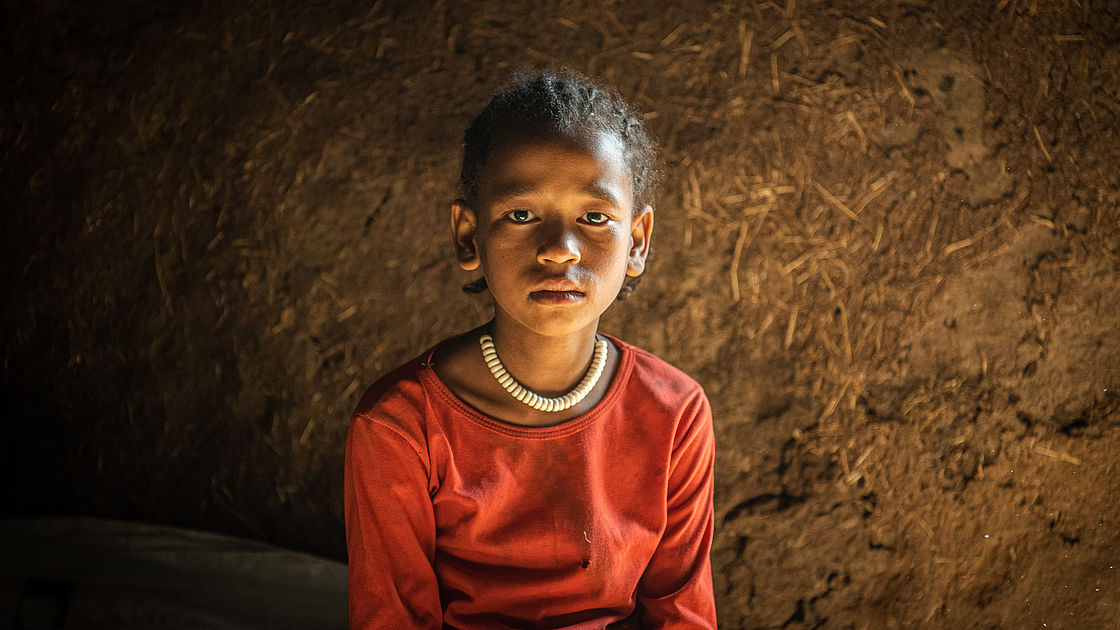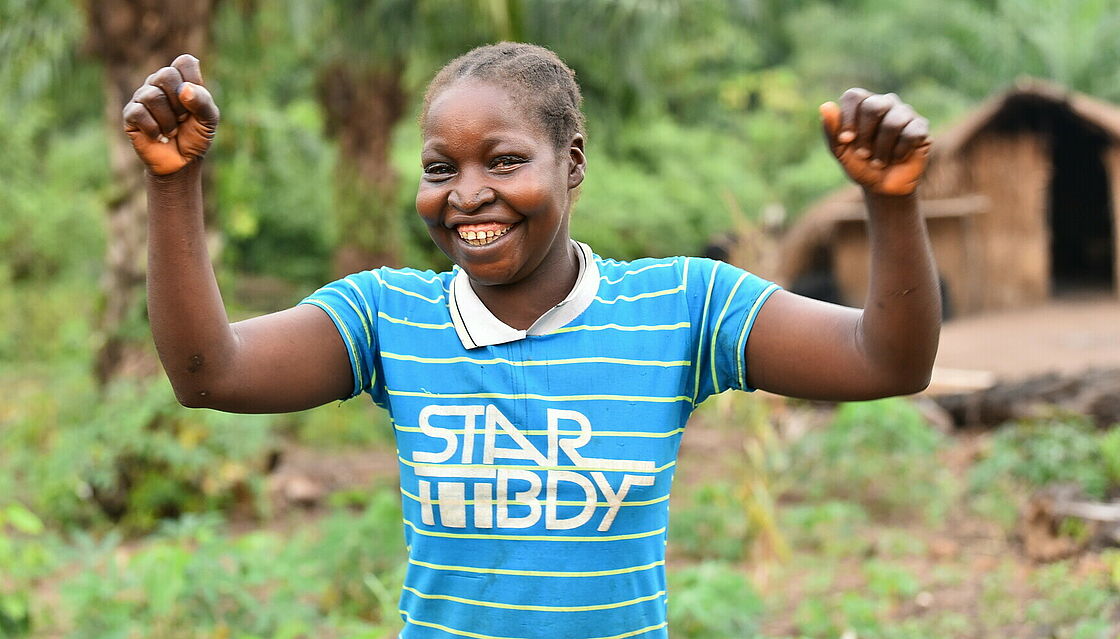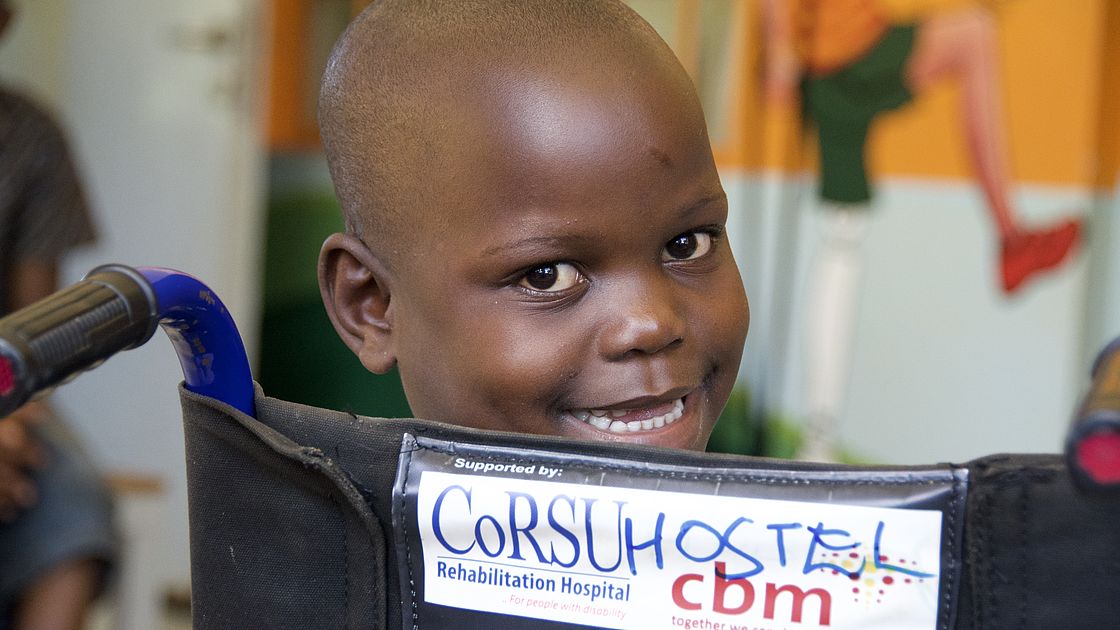A Gender Lens:
The Burden of NTDs on Women
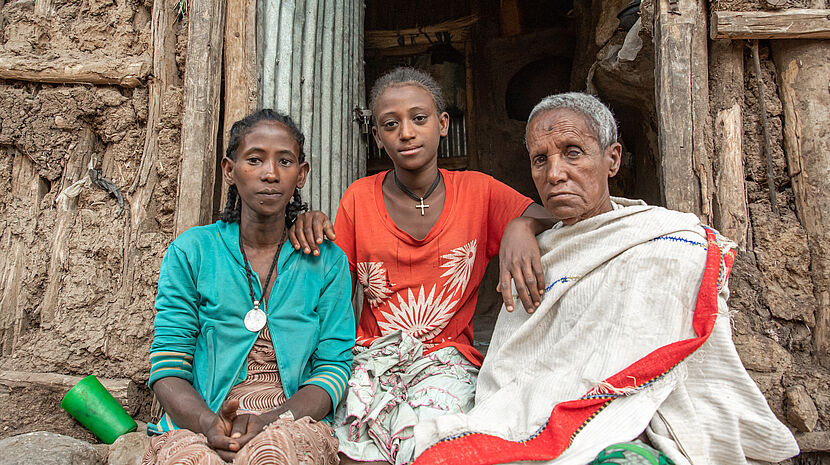
Bayesh was blinded by Trachoma. Her daughter-in-law Nanye (left) needed urgent trachoma trichiasis surgery, and her granddaughter Tigist, hopes that medication will save her eyesight.
©CBM
Did you know that Neglected Tropical Diseases (NTDs) like trachoma affect women the most? Learn more about the untold stories of women like Naye who endure the burden of NTDs.
Neglected Tropical Diseases (NTDs) are a leading cause of disability worldwide, but their impact is not gender- neutral. Women and girls are often particularly vulnerable and bear the brunt of these diseases and their socio-economic impact. They are almost twice as likely as men to need surgery to prevent trachoma-related blindness. Social gender norms often mean that women have less autonomy and limited decision-making power in the home, making it difficult for them to seek medical help.
Girija Sankar, Head of the NTDs Programme at CBM, emphasises: "Embracing equity is at the heart of our work at CBM. Women with disabilities still do not have equal access to many areas of society, including education, health and economic opportunities."
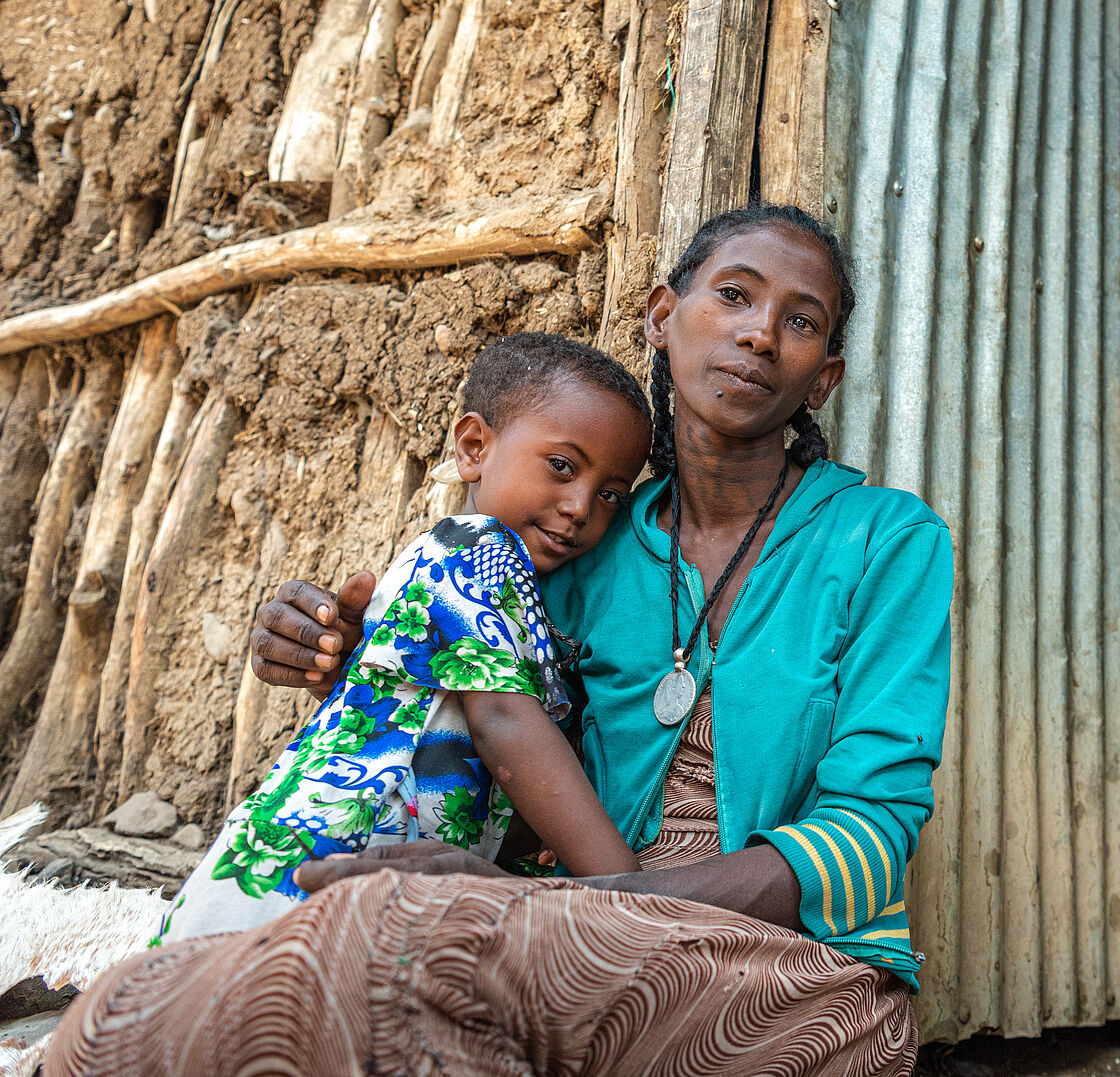
©CBM
The Case of Trachoma:
Three generations of women in Ethiopia's Amhara region are facing the devastating effects of trachoma. Bayesh has already lost her sight to Trachoma, while her daughter-in-law Nanye urgently needs surgery to prevent blindness. Nanye’s daughter Tigist also has trachoma but has a chance to preserve her sight through medication.
Women like Nanye and young girls are often more prone to NTDs because they are the main caregivers in the family. They are also more involved with children, who spread the disease faster and further.
Nanye, a musician from Ethiopia, had to turn her life upside down when she contracted trachoma. Working as a musician was her only income. But when she contracted trachoma, the disease caused Naye excruciating pain and as she could no longer see clearly, she was unable to perform. This threatened her livelihood as a musician and the well-being of her family. Nanye is now divorced from her husband and does not work. She has no means to support her family.
Fortunately, with financial support from CBM, Nanye was able to have a successful operation.
Sustainable Solutions
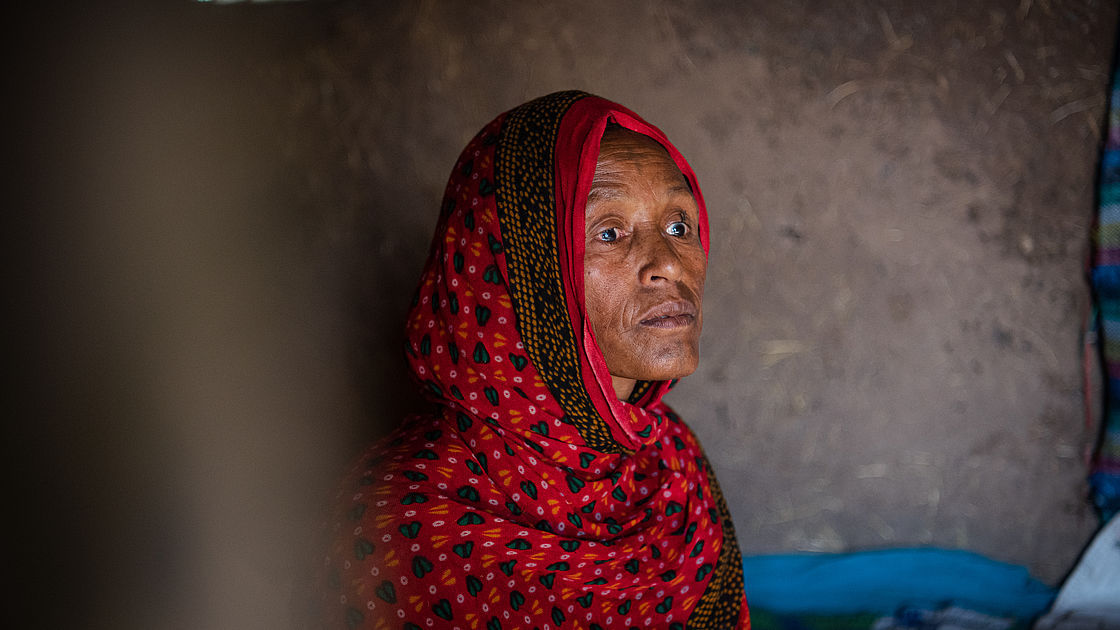
©CBM
As countries make progress in eliminating NTDs, the focus shifts to sustainability. The Women and Trachoma Handbook, to which CBM contributed, serves as a guide to gender-responsive strategies to address trachoma and other NTDs.
The manual highlights the need for gender-responsive strategies in community hygiene and sanitation projects. It outlines steps such as understanding community needs, mobilising for community participation and developing an approach that ensures equal access for all demographic groups, including men and women.
It also emphasises the importance of including women in all aspects of trachoma programming and that gender roles and responsibilities should be considered to achieve the global goal of eliminating trachoma by 2030.
These lessons can be useful in integrating robust NTD programmes into national health systems and expanding their reach to address other diseases. Focusing on gender-responsive strategies is particularly important to sustain the gains made in eliminating NTDs such as trachoma and to create a more equitable world for all.
